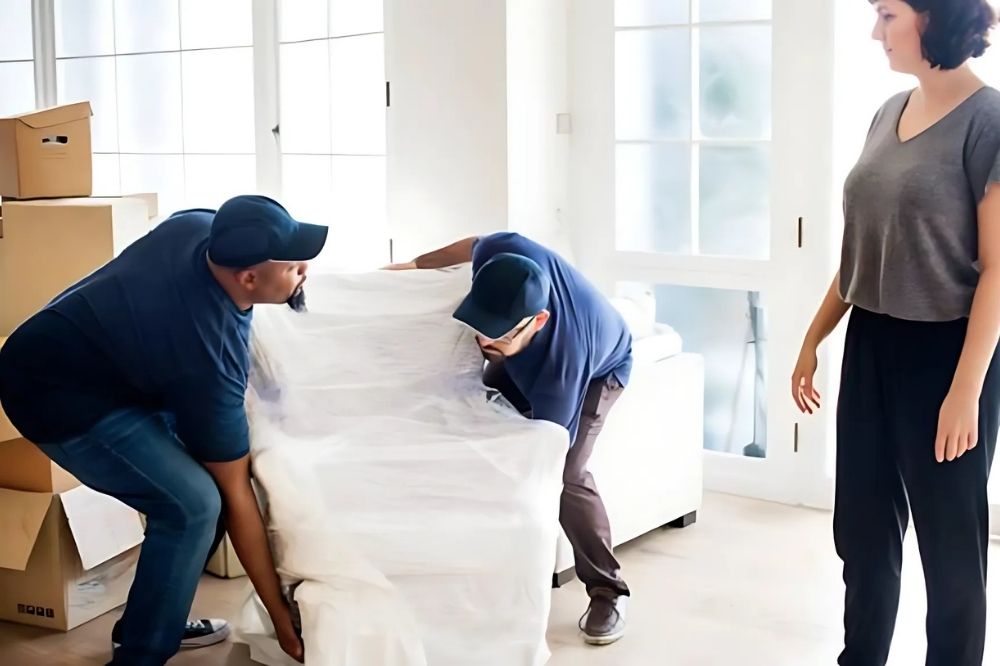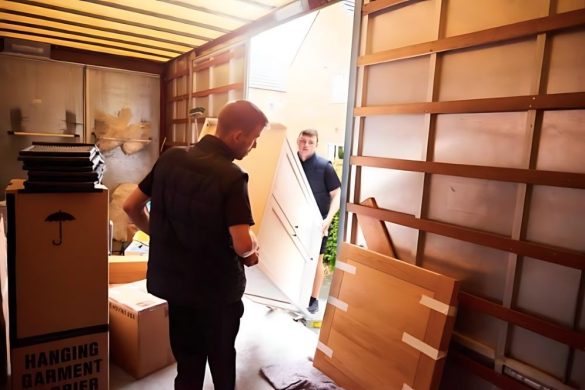Moving an office is never a small task; however, there are special considerations and risks involved when it comes to moving sensitive office equipment that must be carefully planned and executed. Critical technology, including servers, computers, lab instruments, or specialized machinery, is not only a large investment, but in many cases, critical to business continuity. A single oversight may result in expensive downtime, loss of data, or even destruction of hardware. When moving office, whether you are organizing an in-house move or using the services of a professional, the key is to learn how to move fragile office items safely.
Making sure that all of the processes, including inventory and packing, transport, and installation, are done perfectly will keep your workflow uninterrupted. That is why the use of professionals may make a tremendous difference, such as using established methods, hiring qualified personnel, and bringing specialized equipment to delicate moves. These are four priceless, factual suggestions that will help you to maximize your move and save your precious office equipment.
1. Thorough Planning and Careful Inventory
Proper, advanced planning is the key to any successful equipment move. Sensitive equipment is not only costly, but also a necessity in day-to-day operations. You should always start the moving process by developing a detailed inventory of all the sensitive equipment. This must cover computers, printers, servers, fax machines, monitors, phones, conference units, backup drives, and any specialized equipment.
- Write everything down: Write down the make, model, serial number, location, and any special handling needs (temperature controls or right-side-up labels).
- Photograph prior to disassembly: Photos of the detail, time-stamped, help you to reassemble at your new location and provide documentation of condition to your insurance company.
- Make checklists: Make checklists room-by-room or department-by-department so that nothing is forgotten. Have digital and hard copies available.
Advanced planning also entails the coordination with the IT and department managers, and any external support partners. Develop a detailed plan of equipment preparation, disconnection scheduling, and prioritization of installation at the new location to reduce the downtime of operations.
2. Safe Packing and Labeling Procedures

Sensitive equipment requires careful and protective packing, unlike normal office furniture, which can be packed in any way. It is not a negotiable fact that one should invest in quality packing materials and adhere to best practices.
- Pack with suitable materials: anti-static bubble wrap or foam, rigid boxes or custom crates, anti-shock padding. With products such as computers and monitors, keep and reuse the original packaging when possible.
- Label cables and ports: It is important to label cables and their respective ports using color codes or tags before unplugging any device. Photographing setups can also help in avoiding headaches during reconnection.
- Label and seal boxes: Label every box with the words, Fragile-Sensitive Equipment. Add handling instructions (This Side Up, Keep Dry) and specify the room and department they should be taken to. Labeling every box and matching it with your inventory will help in tracking.
- Pack carefully: Do not overpack or stack. Servers, hard drives, and backup devices must be cushioned on all sides and vibration-free. Where feasible, critical equipment should be transported standing up and not loaded with heavier equipment to avoid being crushed.
Moving services professionals who specialize in office relocations adhere to these guidelines to the letter, which is one more reason why leaving the process to the experts will guarantee that this company ensures stress-free moving for the clients.
3. Backups and Data Security
Physical safety of equipment is important, but the same can be said about data security. A properly executed move does not give any guarantees against the unexpected rises, declines, or accidents; as a precaution, securing the information assets of your company should be the top priority.
- Back up everything: Plan to back up everything in advance of the move–locally and to the cloud, where feasible. Make sure that data integrity and storage location are confirmed long before unplugging equipment. When you are dependent on essential databases in your business, you should arrange temporary hosting or work-at-home arrangements during the transition.
- Encrypt sensitive files: When a device or drive is lost or stolen during transit, it is important to have it well encrypted so that information is kept confidential.
- Clean up unwanted data: Delete duplicate or outdated files prior to migration to simplify the setup and to further safeguard information.
Work closely with your IT department to monitor disconnection, safe transportation and reinstallation on arrival. After installation, carry out thorough tests to ensure that the system is intact and functional.
4. Environmental Controls and Professional Handling

Most of the office equipment, particularly the electronic ones, is susceptible to environmental factors such as jolts, static electricity, temperature, and humidity variation. In case you possess high-value technology, you might want to hire movers who employ special equipment and trucks to ensure a safe ride.
- Climate control and shock absorption: Transportation vehicles with climate control guard against heat, cold, or humidity. Electronic equipment also needs shock-absorbing suspension and anti-static protection.
- Professional treatment: Professionals in the field of delicate shipments understand not to tilt, shake, or stack delicate goods. They apply dollies, carts with locking wheels, and lift gates to secure loading and unloading.
- Insurance and liability: Make sure that your moving contract has full coverage of sensitive equipment in case of an accident. A reliable provider will take you through their policies, and you will be aware of what is covered.
In case your equipment involves sensitive lab or medical devices, inform movers in advance about any calibration requirements or manufacturer-certified handling requirements.
Conclusion
Relocating delicate office furniture is much more than just boxing up and loading the items into a truck. It is all about careful planning, accurate packing, protection of important data, and leaving the process to a company that will not only care about your peace of mind but also the safety of your technology. With proper planning, packing, backing up your data, and using professional movers, you reduce the risks and make the move seamless, and your business can resume without any problems. In each and every step, keep in mind that this company will provide you with stress-free moving- you can concentrate on what is most important, getting your business up and running at your new location, efficiently.

